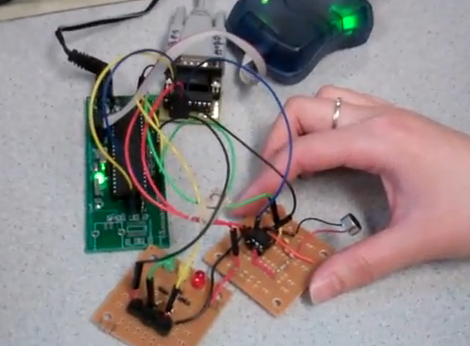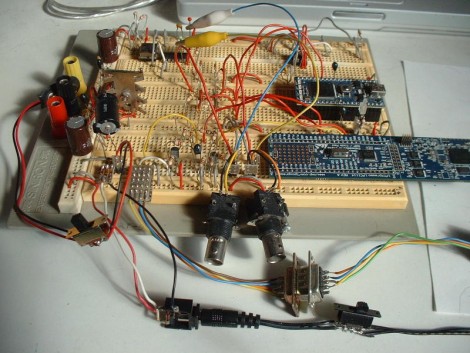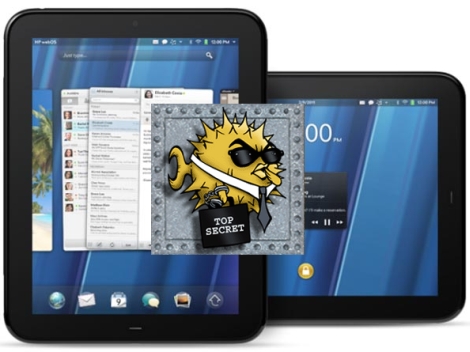
Instructable user [cubeberg’s] daughter saw Tron:Legacy earlier this year and decided right then and there that she wanted to dress up as Quorra for Halloween. Being the awesome dad he is, he decided to make her costume himself, and hit the stores in search of an Identity Disc to complete the look.
The toy was pretty underwhelming, and lacked the lighting that a proper Tron prop should have. He figured he had the skills to make it a bit better, so he gathered some tools, a bunch of LEDs, and set off for his workshop. He gutted the disc, cutting out any extraneous bits of plastic he could find. He wired up 64 LEDs between the disc’s inner and outer ring, which he controls using an ATmega 328 paired with a Max7221 display driver.
He doesn’t show any pictures of what the toy looked like beforehand, but the final product looks great. We bet that his daughter is pretty pumped for Halloween to roll around – we know we would be.
Continue reading to see a quick video demo of his souped up Identity Disc in action.
Continue reading “Converting A Lame Tron Toy Into A Cool Halloween Costume Prop”


















